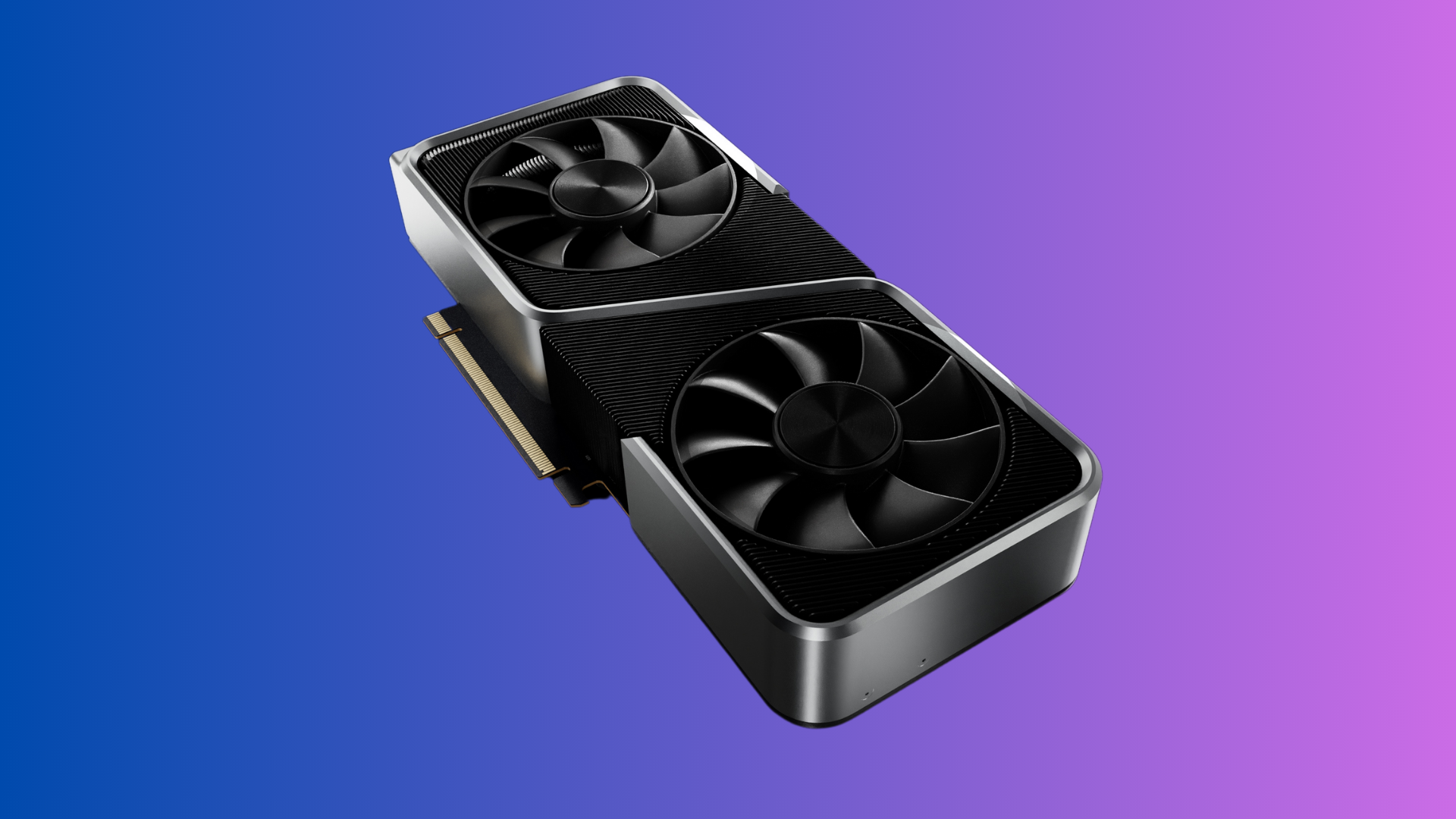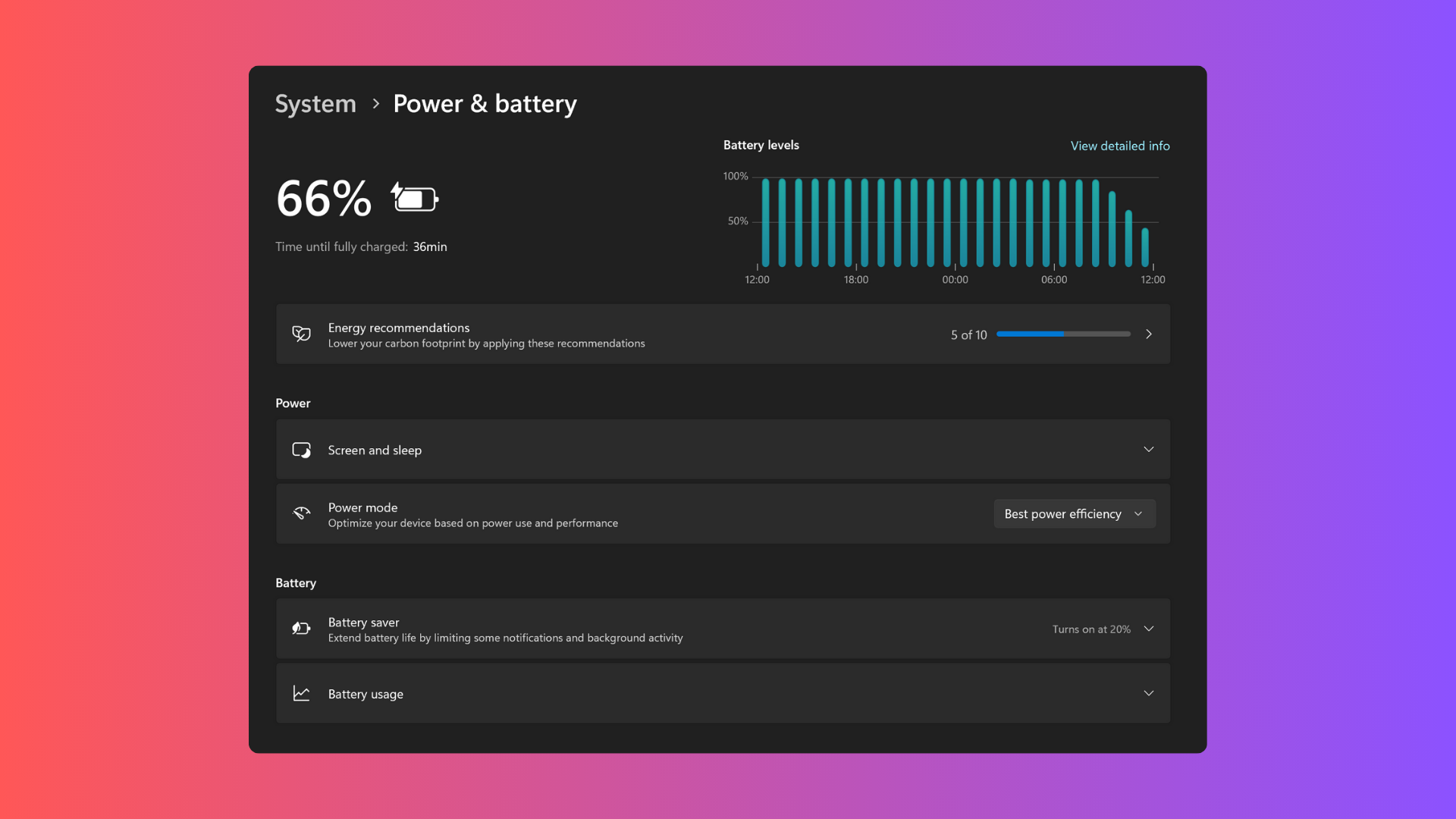What is Snapdragon Sound? Qualcomm’s wireless audio technology explained
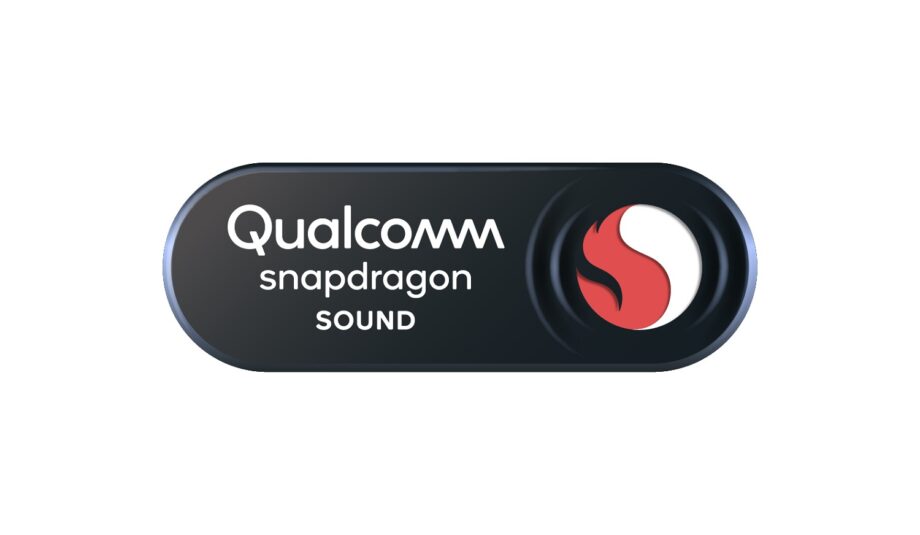
Qualcomm’s Snapdragon Sound is a wireless standard that aims to deliver superior sound across devices.
Qualcomm’s various technologies are available across a plethora of devices people commonly use from headphones and wearables, to smartphones and automotive applications.
Snapdragon Sound is tailored to work in the world of High-res audio, 5G mobile networks and Wi-Fi 6, offering crystal clear calls and even lower latency. The tagline behind it is “how sound should sound”.
So, what are its benefits of Snapdragon Sound and which devices use it? Read on for more information.
What is Snapdragon Sound?
To go by Qualcomm’s definition, Snapdragon Sound is an “optimised chain of audio innovations and software designed to provide seamless, immersive audio in, and across, devices including smartphones, wireless earbuds and headsets… [it’s] designed to provide a superior sound experience for consumers while listening to streaming music, communicating on the phone, or wirelessly gaming.”
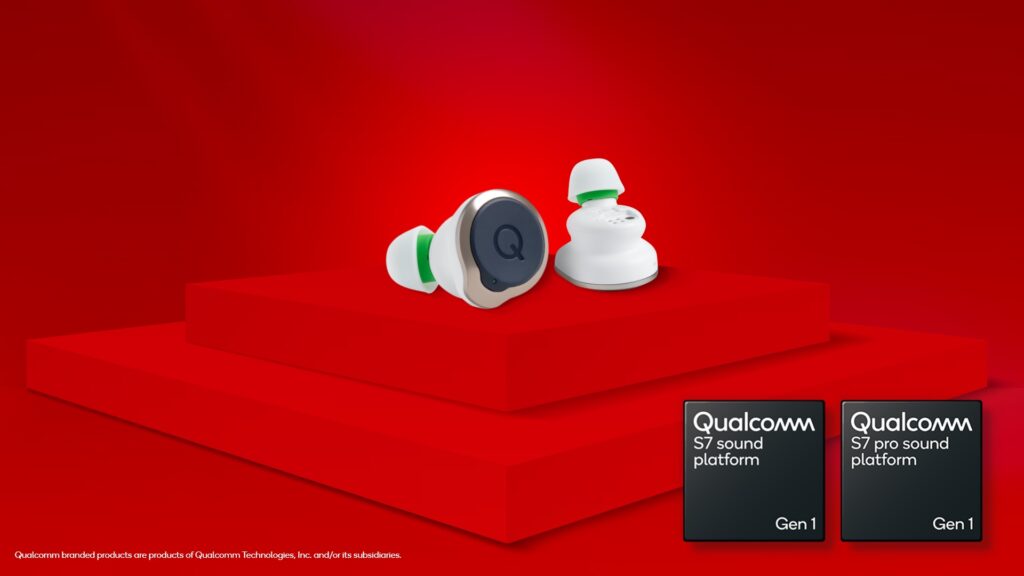
To whittle that down into a more concise definition, Snapdragon Sound is an end-to-end piece of software that optimises how Qualcomm supported devices ‘talk’ to each other. With all these products working within the same ecosystem/platform, that should mean fewer dropped connections, dropouts or glitches, and faster latency and better audio compression.
It’s made up of several technologies, which include the Snapdragon 8-series mobile platforms; the QCC514x, QCC515x and QCC3056 series Bluetooth Audio SoCs (System on Chips), Qualcomm’s ANC technology, the aptX Adaptive codec, as well as its Aqstic audio codec and smart speaker amplifier.
There are more technologies interfacing with each other, but you get the picture. Snapdragon Sound brings together Qualcomm’s key technologies for a faster, integrated, and more harmonised performance.
Who supports Snapdragon Sound?
At launch of Snapdragon Sound, Qualcomm announced music streaming platform Amazon Music HD as one of its partners, as well as OEMs (Original Equipment Manufacturers) in Audio-Technica and Xiaomi.
Since then, the likes of Bowers & Wilkins, Bose, Shure, Denon, FiiO, Asus, Yamaha, Final, Master & Dynamic, Cleer Audio, Sony Mobile, Edifier, and Motorola have come onboard, expanding the number of devices and therefore the reach of Snapdragon Sound. After all, the better the take up in terms of support, the more chance you’ll be able to get the Snapdragon Sound experience
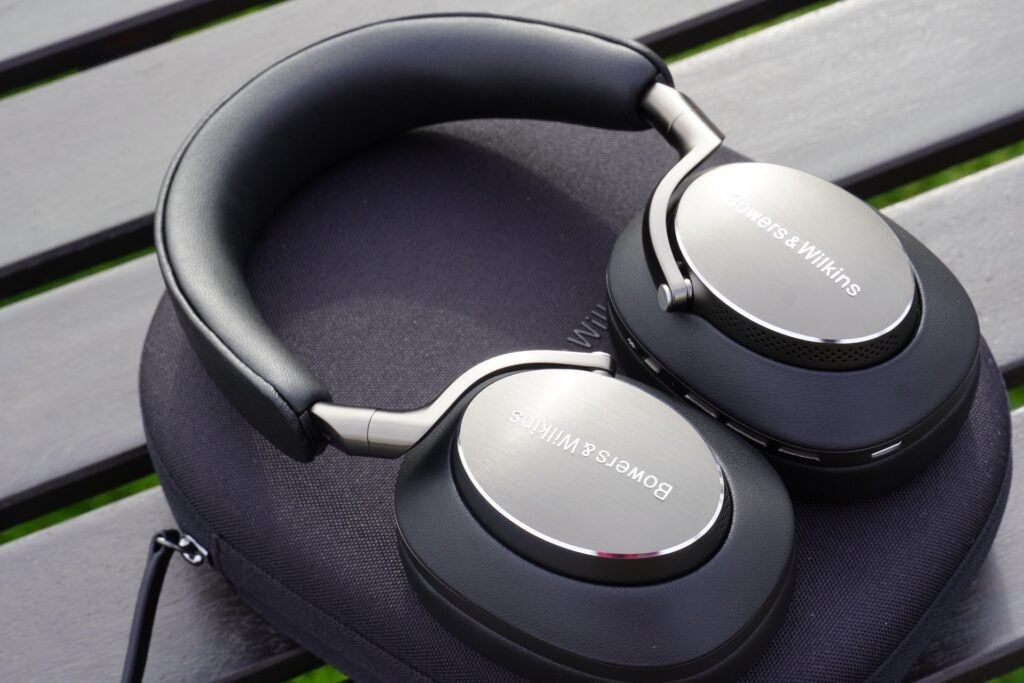
As Snapdragon Sound supports high-resolution, lossless audio up to 24-bit/96kHz audio, that makes it a good fit for streaming tracks from Amazon Music HD, which can go up to 24-bit/192kHz resolutions.
Amazon Music and Qualcomm Technologies also announced a curated Snapdragon Sound Playlist that features Amazon Original tracks from producer/musician St. Panther, Allie X and You Me At Six, along with recently remastered recordings from The Clash and new tracks from Celeste, and Arlo Parks. That’s available on Snapdragon Sound-optimised devices.
If you’re an iOS user you’ll be missing out on Snapdragon Sound. Apple doesn’t integrate much, if any, of Qualcomm’s technologies into its products and that looks unlikely to change in the near future.
What are the benefits of Snapdragon Sound?
The benefits of Snapdragon Sound are ultra-low latency, which is useful for audio, video and gaming – as well as improved pairing between devices and clearer voice quality.
Qualcomm also claims that with the Snapdragon platform, Bluetooth latencies can go as low as 89 milliseconds (which it says is 45% lower than close competitors). With Qualcomm’s Aqsti DAC, there’s support up to 384kHz, 32-bit PCM and DSD with ultra-low THD+N (Total Harmonic Distortion Plus Noise). For the THD+N, the lower the figure, the less noise/interference there is in the signal.
Other claimed benefits include longer battery life – potentially more stamina for ANC headphones or more endurance for smartphones – as well as a more adaptive performance where it can ensure the best possible results in the face of a weak signal or interference in busy areas.
Will Snapdragon Sound replace aptX, aptX-HD?
In short, no. Codecs such as aptX and aptX-HD will exist apart from Snapdragon Sound and won’t be rebranded to fit under that moniker but, of course, fit within the wider umbrella of technologies that Qualcomm offers.
Snapdragon Sound also won’t be backwards compatible with older devices. To get the most out it, you will need devices that support technologies mentioned above to take advantage of it.
Does Snapdragon Sound support Wi-Fi?
In the introduction we made mention of Wi-Fi 6 support, and at their annual Snapdragon Summit, Qualcomm announced its latest S7 and S7 Pro Gen 1 Sound platforms.
Qualcomm says they deliver “six times more compute power”, and almost 100 times more A.I. power than previous generations to present a new “premium tier of performance”.
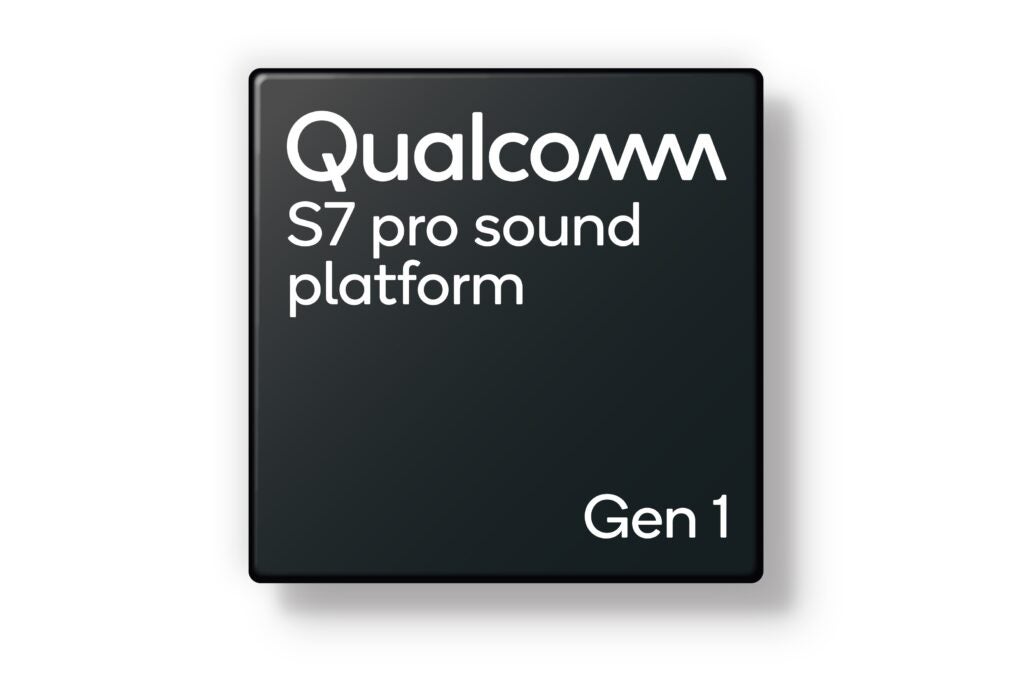
The most interesting part here is what the S7 Pro Platform can do with its dedicated Wi-Fi solution. Effectively, Qualcomm claim that with its S7 Pro tech, it can extend the capability and range of audio devices beyond what Bluetooth is capable of, while maintaining the ultra-low power performance of headphones.
Using micro-power Wi-Fi connectivity, the S7 Pro platform can support audio up to 192kHz with music streaming and spatial audio with gaming. When at home, if you walk away from the smartphone, supported headphones will be able to switch between the Bluetooth connection of your phone and your home Wi-Fi network, ensuring that audio keeps on playing even when your mobile device is far away.
Active Noise-Cancellation performance is said to be more intelligent, with the use of A.I. able to transition between ANC modes seamlessly based on the environment the listener is in, blocking out enough noise but still keeping you aware of your surroundings.
It’s also stated to offer a stronger performance with its support for low-power ANC, automatically and dynamically adapting its levels of suppression based on a range of factors, such as whether the headphones has become loose, without using as much power as before.
The S7 and S7 Pro platforms are due to arrive in 2024.



